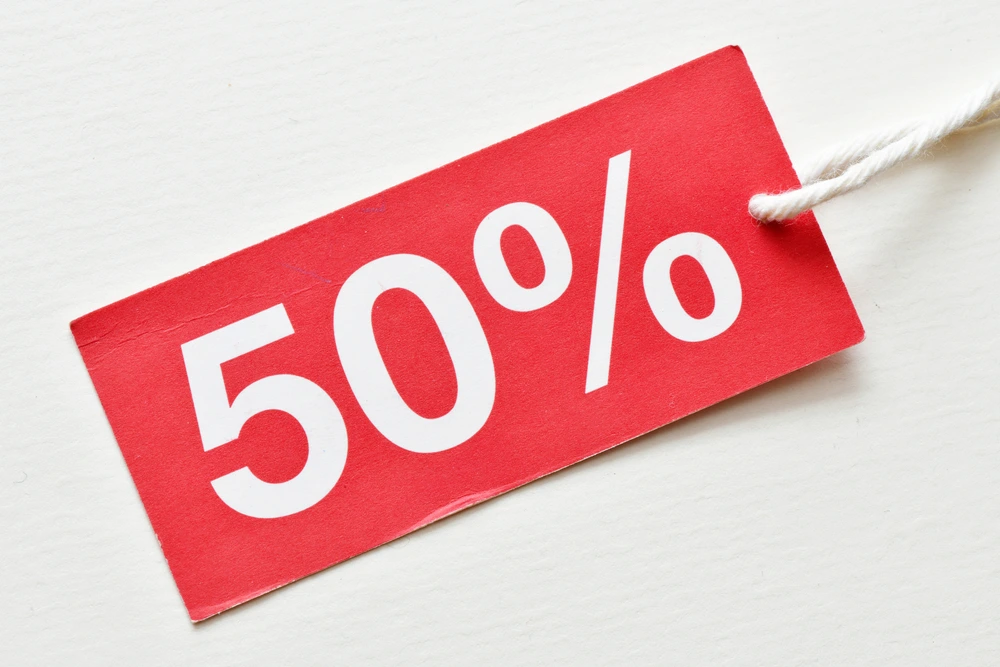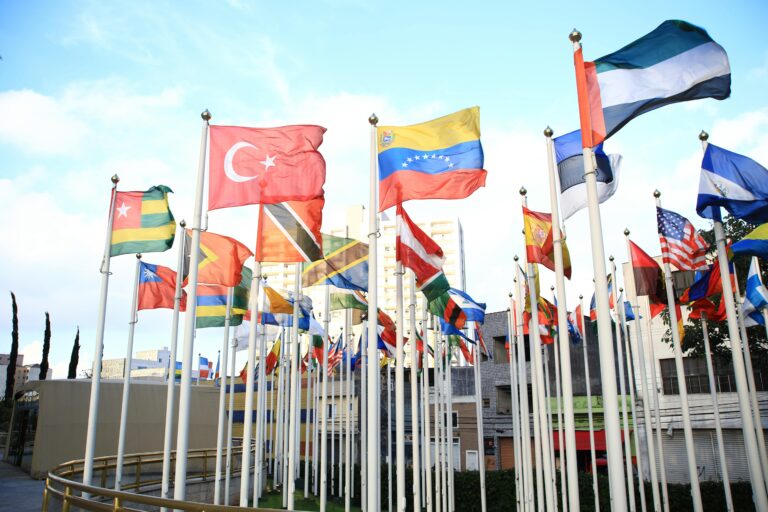Tomorrow is Singles’ Day – the biggest ecommerce event in the world. From luxury products to pet supplies, millions of shoppers will open their wallets to take advantage of discounted prices. If forecasts hold, Singles’ Day sales will generate more than $140 billion.
Singles’ Day, celebrated every year on November 11, is the largest online shopping day in the world. In 2021, sales reached $139 billion. Alibaba’s GMV was $84.5 billion, almost 7 times that of Amazon on Prime Day.
With the annual unofficial holiday expected to grow again this year, here is what brands need to know about Singles’ Day.
Beginnings
Singles’ Day started in 1993 with a group of students at China’s Nanjing University as a sort of anti-Valentine’s Day and a celebration in honor of being single. The date (11/11) was chosen because it represents four 1’s or singles standing together and is also known as the “bare sticks” holiday. It was seen as a day to indulge and treat oneself.
Over time, the holiday has gained popularity outside of China with countries like Hong Kong, Taiwan, Singapore, Malaysia, Indonesia, Philippines and Vietnam getting on board.
In 2009, Chinese marketplace Alibaba saw the opportunity to generate revenue in the season before Christmas and launched an online sale event. More than promoting discounts to attract shoppers, Alibaba employed a variety of marketing efforts – marketing efforts that paid off.
“For one, Alibaba helped to develop “shoppingtainment” in China with a national television extravaganza that would air annually on November 10, featuring global celebrities like Taylor Swift, David Beckham, and an assortment of K-pop bands,” writes Forbes contributor Frank Lavin. “Second, Alibaba worked to extend the reach of Single’s Day to Southeast Asia through its Lazada platform and many other countries now participate, formally or informally.”
Singles’ Day Stats
Singles’ Day sales have been on the rise since the event’s inaugural year. The celebration has spread to countries around the globe and brands and retailers have capitalised on its growing popularity.
Last year, 900 million Chines shoppers took to ecommerce and shopped 290,000 brands. On Chinese ecommerce site JD.com, more than 6,000 new apparel brands participated in the event. Meanwhile, Alibaba reported 1.3 million new products offered by more than 29,000 global companies, including around 2,800 newcomers.
Gen Z (those born between the mid 1990s and early 2010s) shops the most on Singles’ Day with the cohort accounting for 31% of spending during Singles’ Day 2021. Not only were they more likely to spend, but Gen Z also took to social media at higher rates prior to the sale events to discuss brands and products.
Gen Z generated pre-event buzz, and when it came time to buy, luxury and pet-related products surged in sales. In addition, JD.com reported that, in just two seconds, shoppers bought $15 million of Apple smartphones. Apparel sales grew 4% over 2020 while lifestyle products jumped 22% year-over year.
Singles Day Trends

As the holiday has evolved and expanded, more and more global brands are participating and offering their own discounts across territories. Singles’ Day is also an opportunity for western brands to reach Chinese shoppers living and working outside China. Kate Spade and Coach, for example, are offering Singles’ Day deals to US shoppers again this year. Global growth and the opportunity to increase revenue and expand the customer base ahead of Black Friday and Cyber Monday is certainly appealing.
With global awareness on the rise, brands and retailers can offer limited-time Singles’ Day-related promotions to loyalty program members and newsletter subscribers. These targeted promotions entice shoppers to sign up and subscribe and translate into additional sales during the holiday season.
Along with a growing suite of participating brands, other trends have emerged in recent years.
Extended Event
Much like Christmas promotions and discounts and Amazon Prime’s Early Access events in the United States, Singles’ Day have become more than one day in recent years.
In 2020, Singles’ Day went from a one-day sale to, in Alibaba’s case, an 11-day event with specials offered each day for nearly two weeks. 2022 is no different as deals kicked off in late October.
Deeper Discounts
In addition to a longer sales season, brands and retailers are offering deeper discounts as competition increases and overall growth has slowed. Since its inception in 2009, Singles’ Day has seen double-digit year-over-year growth. However, in 2021, sales grew by only 8.5% prompting a conservative outlook again in 2022 and brands are responding with more price cuts to attract customers.
Sustainability on Center Stage
In 2021, the Chinese government applied pressure and intense scrutiny on many private Chinese firms – including ecommerce juggernauts Alibaba and JD.com. As a result, etailers adopted a more serious tone pledging to help partners develop products with lower carbon footprints and pledging to make charitable donations.
Final Note
Brands and retailers wanting to cash in on Singles’ Day and other high volume, supercharged velocity shopping holidays know the headaches that come with preparation and the disasters that result from poor planning.
These high profile events are not the time to risk server crashes, oversells or fulfillment collapses. From inventory levels to merchandising and pricing to payments, fraud and logistics, everything must run flawlessly if brands want to realize revenue and build loyalty.
Outsourcing DTC global ecommerce complexities with ESW lets you enter new markets quickly and worry-free. Contact us today to see how our solutions let you reach global audiences.





